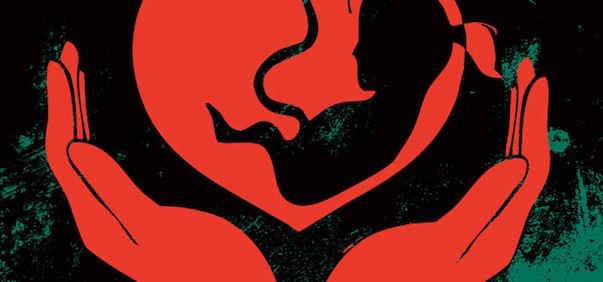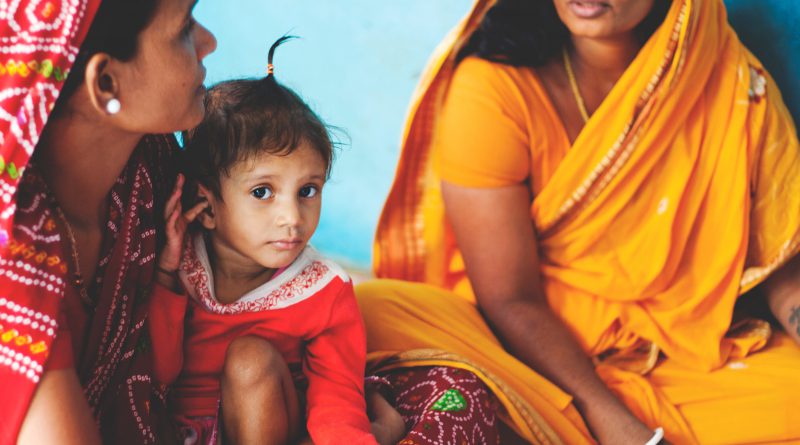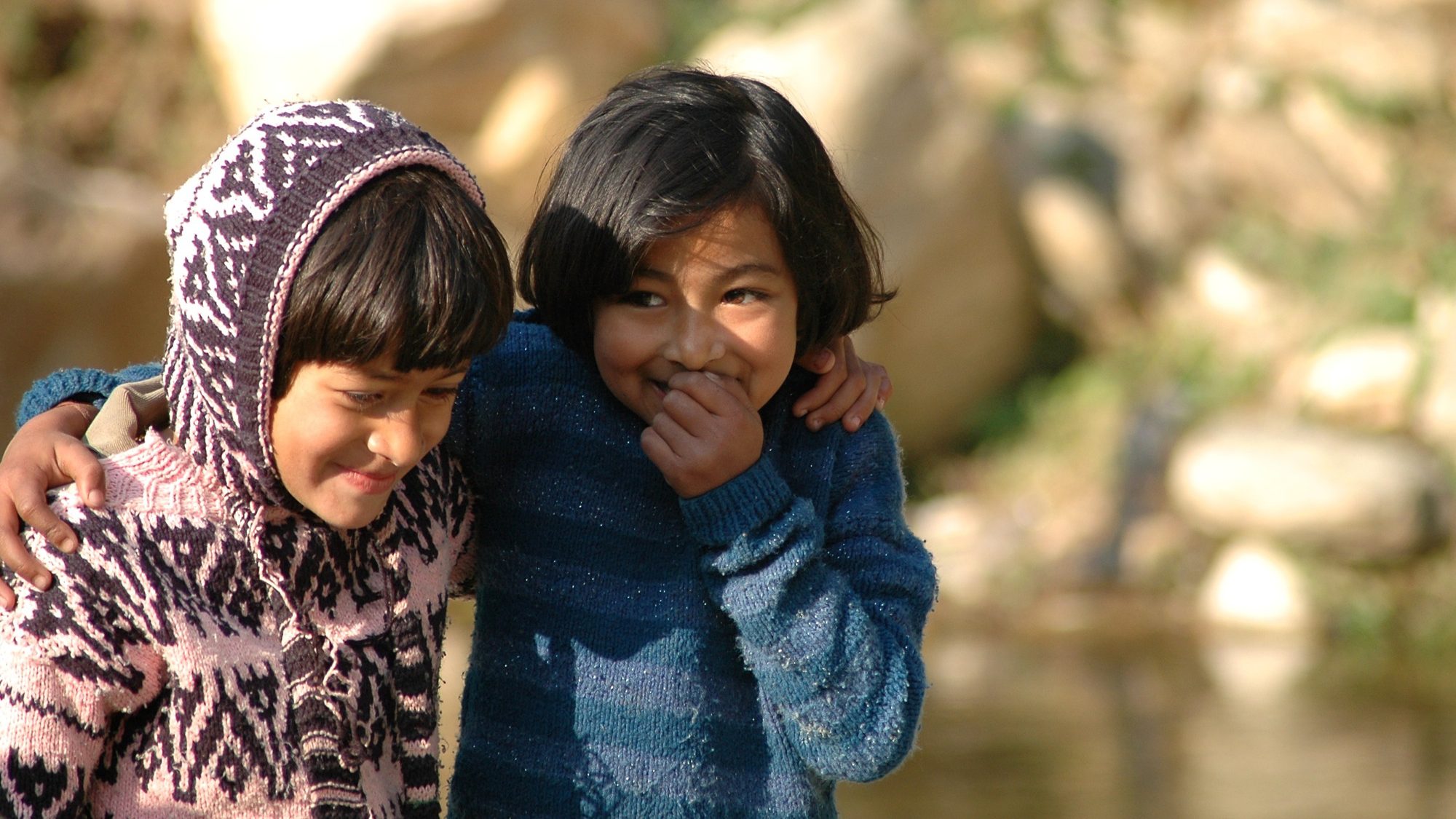Maintaining a favorable sex ratio has always been a problem in India. The patriarchal roots of society strangle the female child while the government works in vain to combat this social evil. A recent report published in Times of India, the data provided by the Health Department states that, not a single female child was born among the 216 children born in 132 villages of the district of Uttarkashi.
However, counter reports by various other sources, say that the report might have been misinterpreted by media houses. BBC, in one of their articles clarify, ” The reports said 216 boys and no girls were born in the 132 villages between April and June. But officials found 180 girls and no boys were born during the same period in 129 different villages. And to complete the mixed picture, 88 girls and 78 boys were born in another 166 villages.“
“Overall 961 live births were recorded in Uttarkashi between April and June. A total of 479 were girls, while 468 were boys. (The rest were possibly stillborn) This, officials say, corresponds with the district’s favourable sex ratio of 1,024 women for 1,000 men, higher than the national average of 933 women per 1,000 men.“, the article reported.

This imbalance has alarmed the government machinery. The District Magistrate, Ashish Chauhan, says that this situation is suspicious and has highlighted female foeticide. He also held an emergency meeting with the ASHA workers and asked them to increase vigilance.
the data provided by the Health Department states that not a single girl child was born among the 216 children born in 132 villages of the district of Uttarkashi.
He further adds, “It could be a coincidence and as we don’t have any proof of girl foeticide, we can’t take any chances. So we have marked all 132 villages under red zone and have put local ASHA workers on radar. We will monitor the data and activities of all these villages for the next six months and will take strict action against ASHA workers if the situation does not improve. Morever, we will also take action against the family who will be found guilty.”
Social worker, Kalpana Thakur alleges that this occurrence cannot be just a coincidence, it hints to the undeterred practice of female foeticide and female infanticide. Commenting to ANI, she adds, “No girl child was born for three months in these villages. It cannot be just a coincidence. This clearly indicates female foeticide is taking place in the district. The government and the administration are not doing anything.”
Poonam Matterja, the executive director of Population of India was quoted saying, “As fertility declines, this is going to happen in a society where people will have some preference. This is a wake-up call. Tragic as it is, this is a wake-up call for all those who say that we need a two-child norm. Many more women will be forced to have boys and abort female babies, its a double whammy on women. This is foeticide and nothing else“
With the statistics and experts both so clearly pointing to the prevalence of foeticide of female child, questions are raised on the efficiency the Beti Bachao, Beti Padhao (Save the girl child, educate the girl child) scheme in the state of Uttarakhand. However, according to the Civil Registration Report which was released in February, Sex Ratio at Birth (SRB), which is an important indicator of sex ratio, has seen a decline in a number of states, including Uttarakhand along with Andhra Pradesh, Karnataka, Odisha and more.

Contrary to the Civil Registration Report, Uttarakhand was one of the five best performing states in ‘Beti Bachao, Beti Padhao’ scheme as per the Ministry of Women and Child Development report which had come in the first week of June. This campaign, which has been allotted huge funds by the Bhartiya Janta Party led central government, was primarily aimed at improving the sex ratios in states of Punjab, Haryana, Bihar, Uttar Pradesh and Uttarakhand.
Also Read:Lets Talk About the “Worst Country For Women,” Shall We?
According to The Wire, while Uttarakhand’s sex ratio is at 963 females per 1,000 males, Uttarkashi district is at 958 females. This makes the district ninth in the state, in terms of sex ratio. According to the last census in 2011, there are 1,61,489 women and 1,68,597 men in Uttarkashi.
Not just in Uttarakhand, sex ratio for the whole country has been in decline according to The Economic Times. The sex ratio plunged further to 896 for the three years from 2015-17 from 898 in 2014-2016. This highlights how female foeticide and female infanticide are no longer regional problems for the states of Haryana and Uttar Pradesh as it is commonly assumed, but a national issue.
Not just in Uttarakhand, sex ratio for the whole country has been in decline according to The Economic Times. The sex ratio plunged further to 896 for the three years from 2015-17 from 898 in 2014-2016
India’s skewered sex ratio can be blamed on the patriarchal traditions which give birth to a society riddled with evil practices like dowry and sati. These practices give rise to the mindset in which women are considered as financial burden on the family. The government did design Acts, such as The Pre-Conception and Pre-Natal Diagnostic Techniques (PCPNDT) Act of 1994. However, illegal clinics which provide such services, continue to exist.

Female foeticide and female infanticide has long term consequences for the nation, according to a study published by prominent political scientists Valerie Hudson and Andrea Den Boer. They say that such practices increase the tendency of a nation towards violence as the surplus men of poor socioeconomic status have no chance for stability of marriage and gravitate towards thievery and militia in search of respect. Many researchers have also found strong relationships between heavily skewed female-male ratios in Indian states and higher murder rates.
Also Read:How The Medicial Abortion Pills Revolutionised Women’s Health
The only way to stop sex-selective abortions and female infanticide is to change the way people think. As long as society attaches the stigma of burden with the female child, such practices will continue despite governmental provisions.
Featured Image: Better Photography
About the author(s)
Anisha Maini is a student of Sociology at Jesus and Mary College. She is always ready for a lively discussion on literature, existence of aliens, gender, philosophy, met gala outfits, environment, sexuality, meaning of song lyrics, culture and game of thrones; all over a cup of tea. She believes she'll make a difference.




